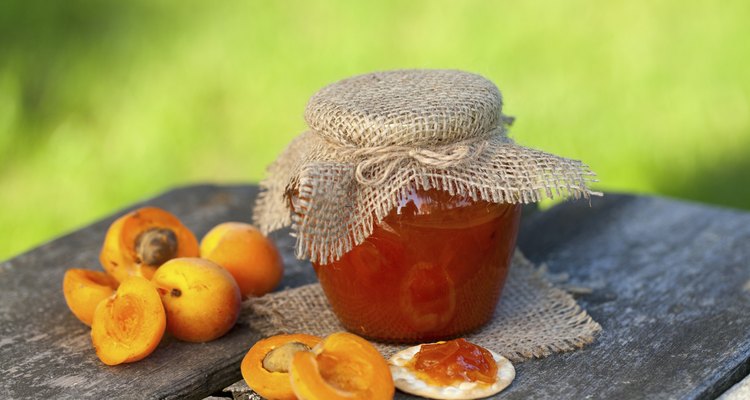
Diana Taliun/iStock/Getty Images
Agar-agar, or agar, can be used as a substitute in recipes that call for gelatin, including jam. Agar flakes are made from freeze-dried sea vegetables, usually seaweed. Popular in Japan, agar can be found in the United States at health food stores and Asian markets. Vegans and vegetarians can use agar in place of animal-based gelatin. Proper cooking techniques will ensure that the agar flakes dissolve completely. Try making jam with agar flakes for a delicious and easy vegan spread.
Pour the agar flakes into a medium saucepan and pour the juice over the flakes. Do not stir or heat the mixture. Allow the agar flakes to soak undisturbed for 10 minutes.
Cover the pot and bring the agar and juice to a boil over medium-high heat, still without stirring. Be careful to bring the mixture just to a boil; ensure that it does not boil over.
Stir the mixture thoroughly and reduce the heat to low. Simmer, covered, for 10 minutes.
Add the fruit, sugar and lemon juice to the mixture and bring the jam to a boil.
Boil and stir the mixture for one minute.
Pour the mixture into sterilized glass jars and seal the lids tightly. Refrigerate and consume within one month.
Related Articles

How to Make a Healthy Pancake Syrup

How to Make Mango Preserves
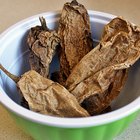
How to Make Chipotle Sauce
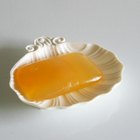
Recipe for How to Make Glycerin Soap ...

How to Mix a Gelatin Glaze for Fruit

How to Make Garden Huckleberry Jam

How to Make Fish Taco Sauce

How to Make Elderberry Jam
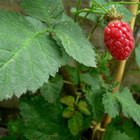
Tayberry Jam Recipe

How to Fix Orange Marmalade That Turned ...

How to Cook Rice Flakes
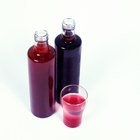
How to Make Sweet Syrup With Fruit Juice

How to Thicken Raspberry Jam With ...

How to Make Liquid Sugar Concentrate

How to Freeze Raspberries

Will Cream of Tartar Whiten Teeth?
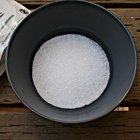
How to Make Xylitol Toothpaste
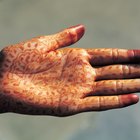
How to Fix Watery Henna

How to Make Fresh Strawberry Frosting ...

How to Make Sugaring Wax
References
- "More Great Good Dairy-Free Desserts Naturally"; Fran Costigan; 2006
- "The Healthy Life Cook Book and Food Remedies"; Florence Daniel; 2007
- "The Wild Vegetarian Cookbook"; Steve Brill; 2002
- "Best Health" magazine; Brioche Peanut Butter and Cherry Jam Sandwiches; Chef Ben Heaton
- Cooks.com: Strawberry Jam with Agar-Agar
Writer Bio
Sarah Bourque has been a freelance writer since 2006 and is based in the Pacific Northwest. She writes and edits for the local publisher, Pacific Crest Imprint and has written for several online content sites. Her work recently appeared in "The Goldendale Tourism and Economic Development Magazine" and "Sail the Gorge!" magazine. She attended Portland Community College where she studied psychology.
Photo Credits
Diana Taliun/iStock/Getty Images